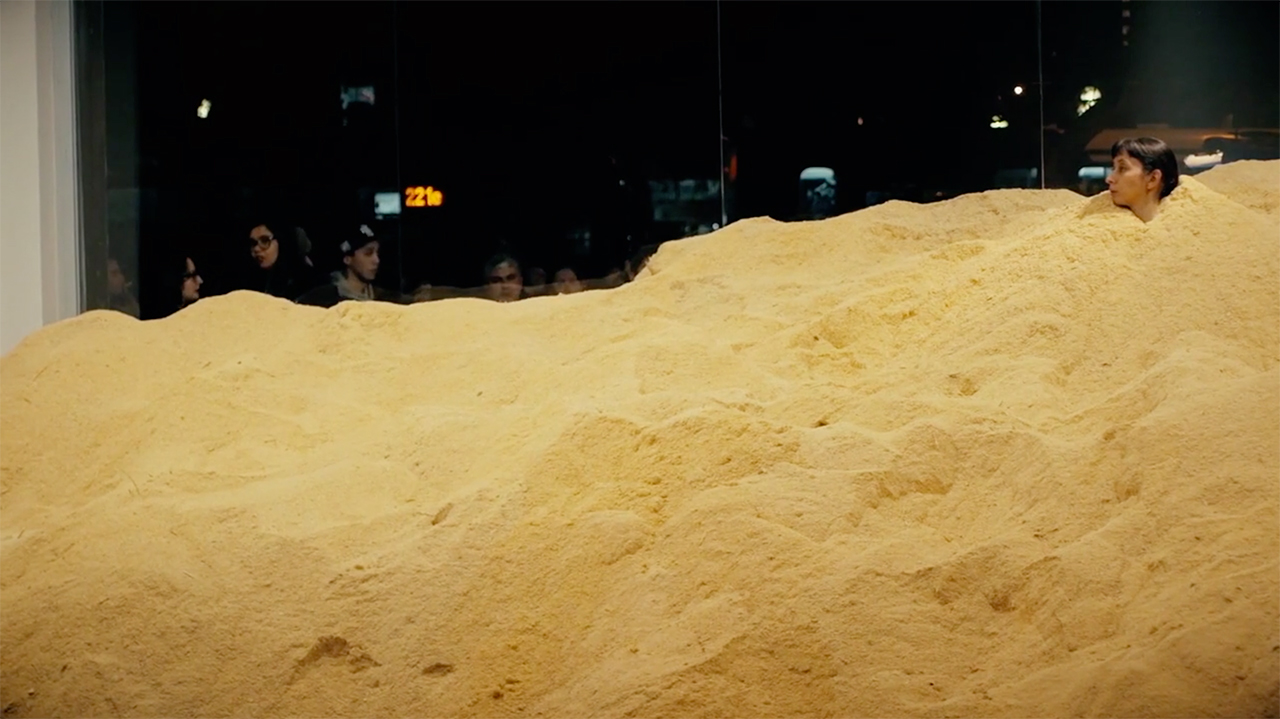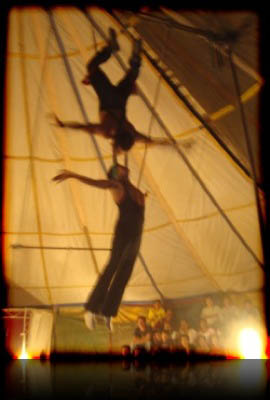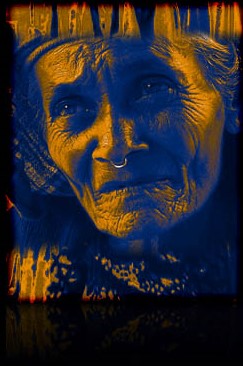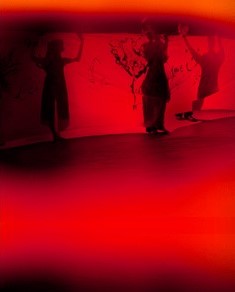Tactics and dissonance: bending social relations towards justice, through art
DOI:
https://doi.org/10.25071/1913-5874/37389Abstract
The idea for this special issue arose out of meetings of the Arts-Centered, Community-Engaged Social Sciences Research (A.C.C.E.S.S.) Collaborative at McMaster University in Hamilton, Canada. Beginning in 2013, a group of faculty and recent graduates began meeting on a regular basis to discuss how, why, under what conditions or with what caveats art enables new social relations. All of us attend to the politics of representation in our work; some of us had specifically analyzed or curated art exhibits; and, many of us also gravitated towards arts-informed practices in our research and teaching. Located in different departments and faculties, we came together to discuss the difference of performance, storytelling, and images in the production of social knowledges as compared to conventional scholarly text.
References
Belfiore, Eleonora; Bennett, O. Rethinking the social impacts of the arts. International journal of cultural policy, Vol. 13, No. 2, 2007, pp. 135-151.
Boler, Megan. “The Risks of Empathy: Interrogating Multiculturalism’s Gaze.” Cultural Studies, Vol. 11, No. 2, 1997, pp. 253-73.
DeLaat, Sonya. “Memories -> Witness.” InTensions, Issue 8, 2016. Artist statement. Emmons, K. “Whose Stories: Narrative Medicine or Rhetorical Self-Care?” Paper presented at the Society for Social Studies of Science Annual Meeting Cleveland, OH, 2011.
Ignagni, Esther; Church, Kathryn. “Disability Studies and the Ties and Tensions with Arts-Informed Inquiry: One More Reason to Look Away?” In Knowles, Gary J.; Cole, Ardra L. (eds.) Handbook of the arts in qualitative research: Perspectives, methodologies, examples and issues. Thousand Oaks: Sage, 2008, pp. 625–638.
Sontag, Susan. Regarding the Pain of Others. New York: Picador, 2003.
Spinoza, Benedict. Ethics. Hertfordshire: Wordsworth Editions, 2001.





